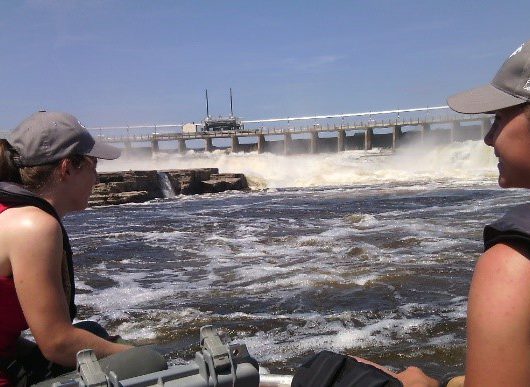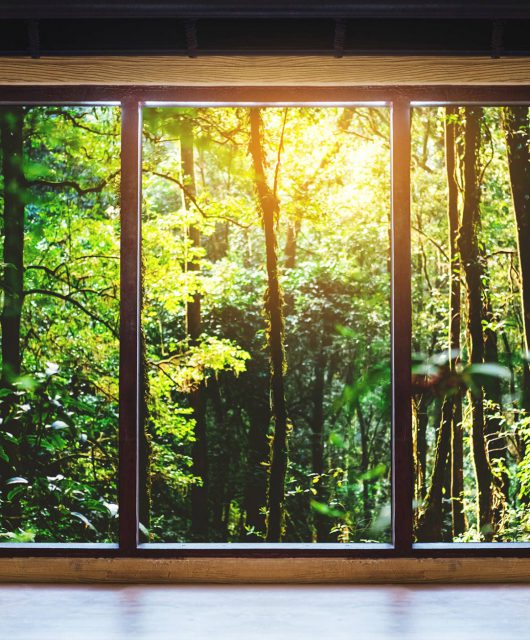Water connects us all.
Whether we live in a coastal community, or in the middle of the prairies, water flows throughout the landscapes we call home, joining rivers that wind their way through forests and prairies to the ocean. It is important for us to remember then that everything we do on land directly affects the health of our oceans.
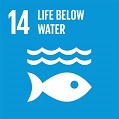 Sustainable Development Goal 14. Life Below Water is a call for us to conserve and sustainably the oceans, seas and marine resources. This goal, along with 16 others adopted by the United Nations in 2015, serve as a shared blueprint for peace and prosperity for people and the planet, now and into the future. Yet to make a difference we first need to build knowledge, understanding and connection to these issues. Why do these goals matter? How they relate to me?
Sustainable Development Goal 14. Life Below Water is a call for us to conserve and sustainably the oceans, seas and marine resources. This goal, along with 16 others adopted by the United Nations in 2015, serve as a shared blueprint for peace and prosperity for people and the planet, now and into the future. Yet to make a difference we first need to build knowledge, understanding and connection to these issues. Why do these goals matter? How they relate to me?
We’ve compiled a few educational activities and lesson plans to aid teachers, parents and educators in connecting youth with water in their communities and in identify in ways they can protect, support and value these systems.
Map Your Connection to the Ocean
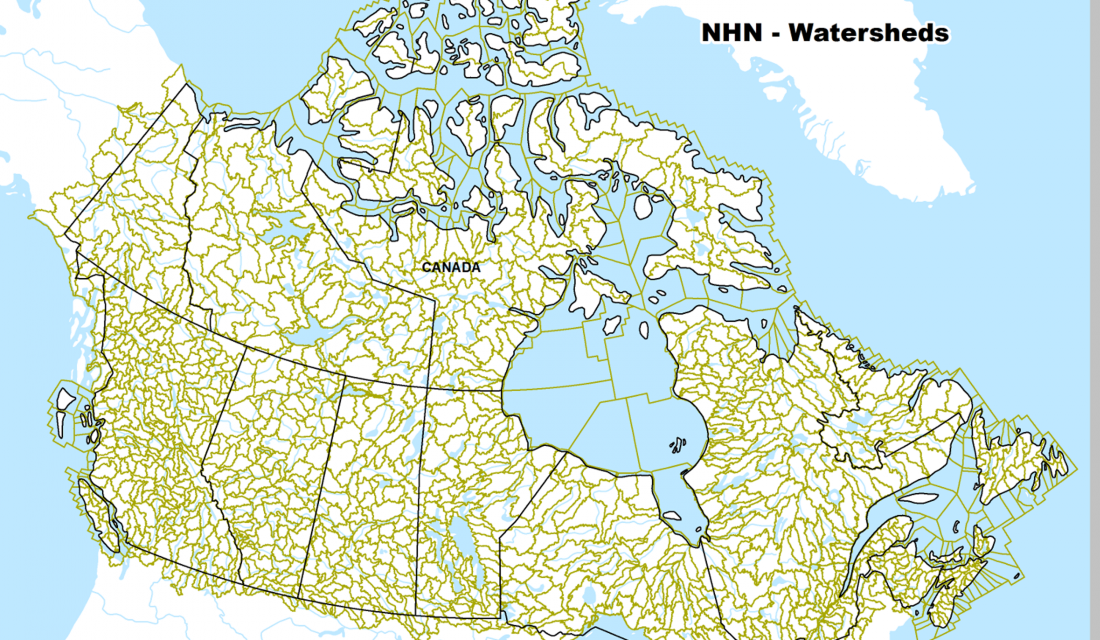
We are all connected to wildlife and other humans through water. Within our watersheds, water drains through a series wetlands, ponds, lakes, streams, rivers, and underground waterways out to the ocean. These waterways also connect many different cities, towns and rural communities together.
To help youth better understand their connections to water get them to trace the surface waters that flow from their community to the ocean. By creating this geographic map of their watershed, youth will create a powerful visual image of their connections to the ocean, its wildlife, and other communities across North America.
Explore How Humans Benefit from the Ocean
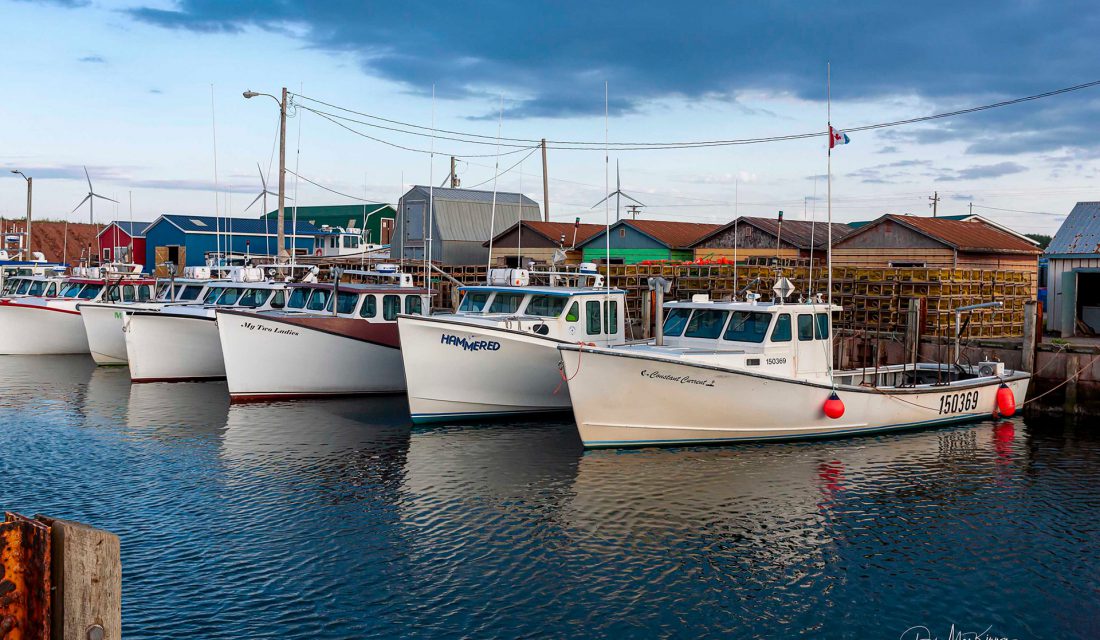 Canadians living on our ocean coasts have a more direct understanding of their dependence on the sea for everything from food to jobs and prescription drugs. The rest of us, living hundreds, or even thousands, of kilometres away, may need to think a little harder about our ocean connections. By getting youth to create a personal or group mind map of the many benefits oceans provide, you can help these connections and foster a deeper appreciation for marine environments.
Canadians living on our ocean coasts have a more direct understanding of their dependence on the sea for everything from food to jobs and prescription drugs. The rest of us, living hundreds, or even thousands, of kilometres away, may need to think a little harder about our ocean connections. By getting youth to create a personal or group mind map of the many benefits oceans provide, you can help these connections and foster a deeper appreciation for marine environments.
Identify Human Activities That Threaten Ocean Health
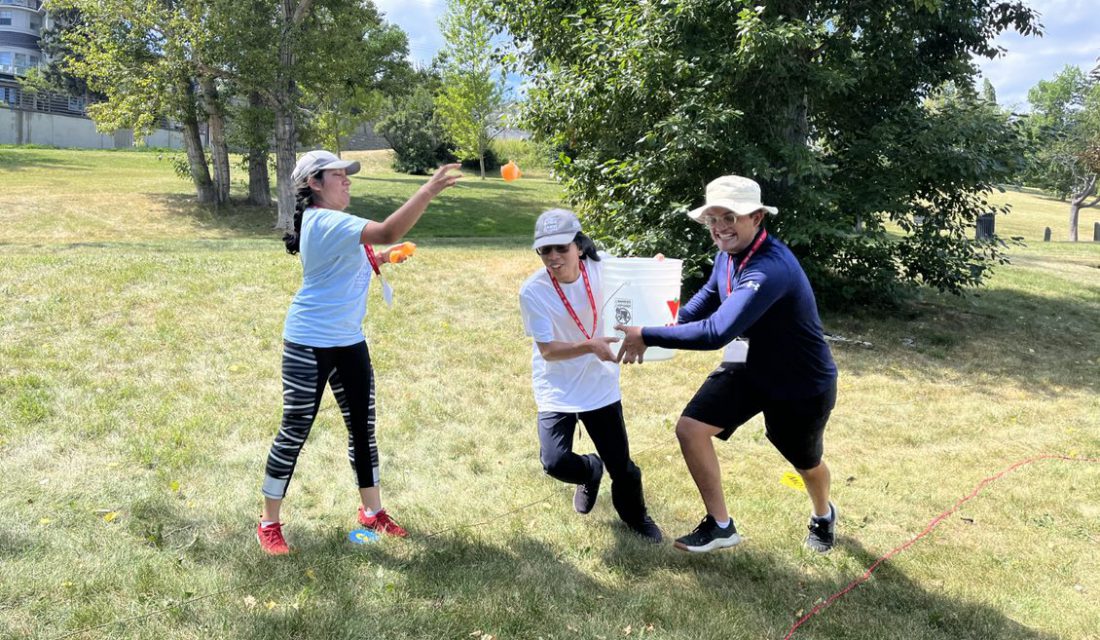 No matter how far we live from the ocean, anything we do to affect water and air quality will also affect ocean health. Toxic chemicals, sewage, and silt added to the water passing through our communities often find their way to the ocean. These contaminants can originate anywhere on the surrounding lands—in our homes, industries, schools, landfill sites, farms, and forests.
No matter how far we live from the ocean, anything we do to affect water and air quality will also affect ocean health. Toxic chemicals, sewage, and silt added to the water passing through our communities often find their way to the ocean. These contaminants can originate anywhere on the surrounding lands—in our homes, industries, schools, landfill sites, farms, and forests.
In this fun-filled, active game, youth will gain a better understanding of the collective impacts we have on oceans by working in teams to deliver a container of clean water from an inland community to an ocean creature, while other students compete to contaminate their containers with sponges representing various hazards!
Take Action to Support Life Below Water in Your Community
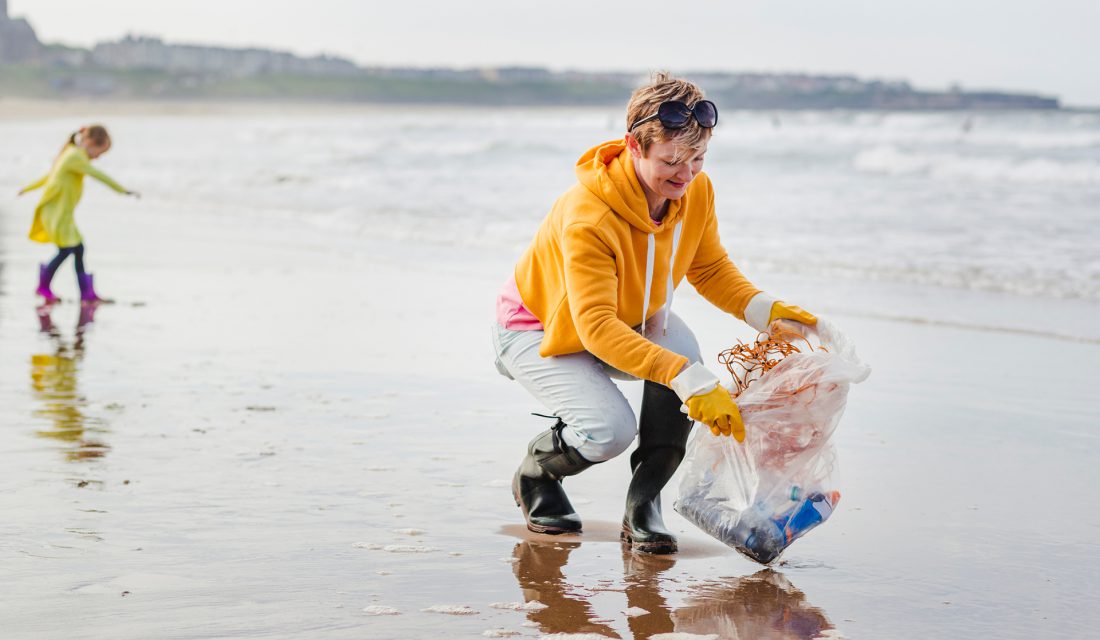 Now that you have a better understanding of your connection to the ocean, why not take action to support life below water? The actions you take at home and in your community have a big impact on rivers and oceans, as well as the plants and wildlife that call them home! Check out our Learning Library for some ideas on what you can do. From shoreline cleanups to creating nesting habitat for waterfowl, we have ideas to help you get started!
Now that you have a better understanding of your connection to the ocean, why not take action to support life below water? The actions you take at home and in your community have a big impact on rivers and oceans, as well as the plants and wildlife that call them home! Check out our Learning Library for some ideas on what you can do. From shoreline cleanups to creating nesting habitat for waterfowl, we have ideas to help you get started!
For more educational resources, projects, and lesson plans, check out our Online Learning Library and sign up for our monthly education newsletter. If you are an educator and are interested in building your skills in environmental education, you can also check out our WILD Education program for professional development opportunities.

